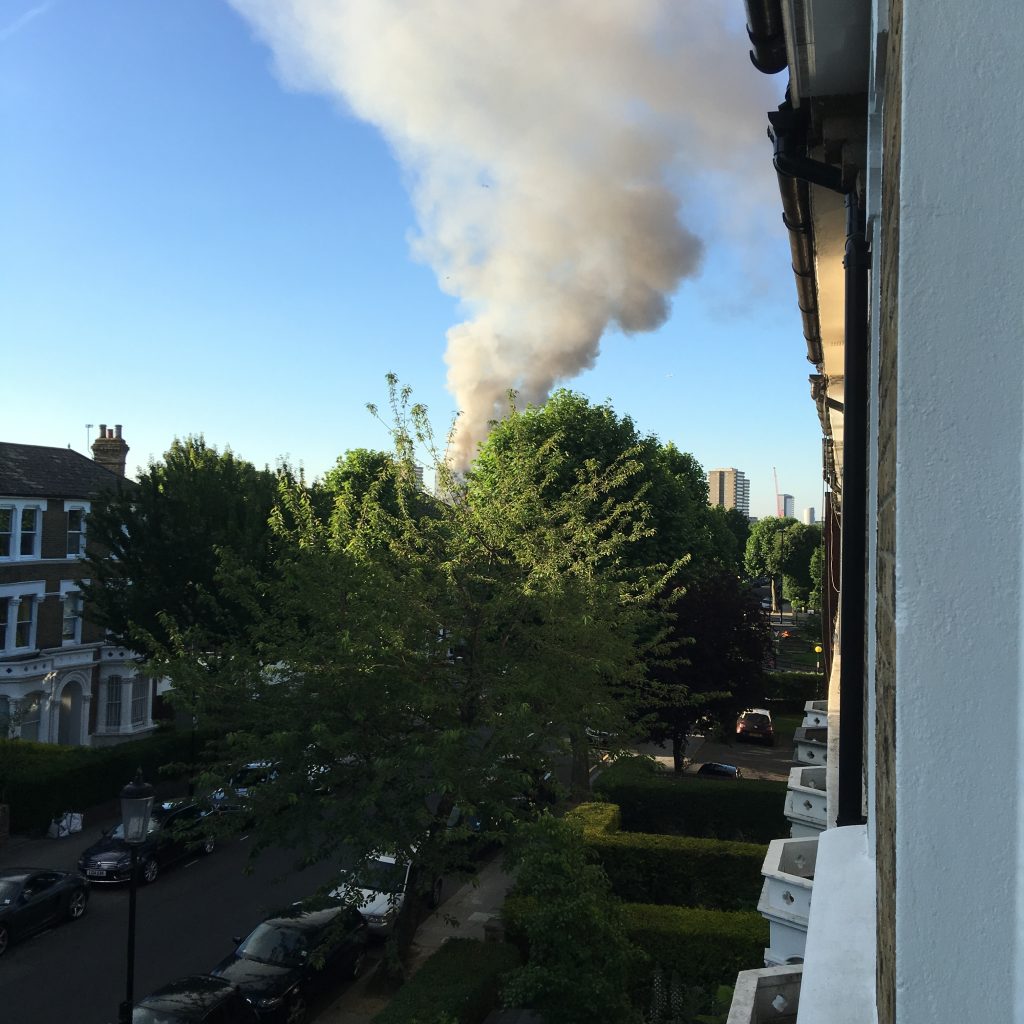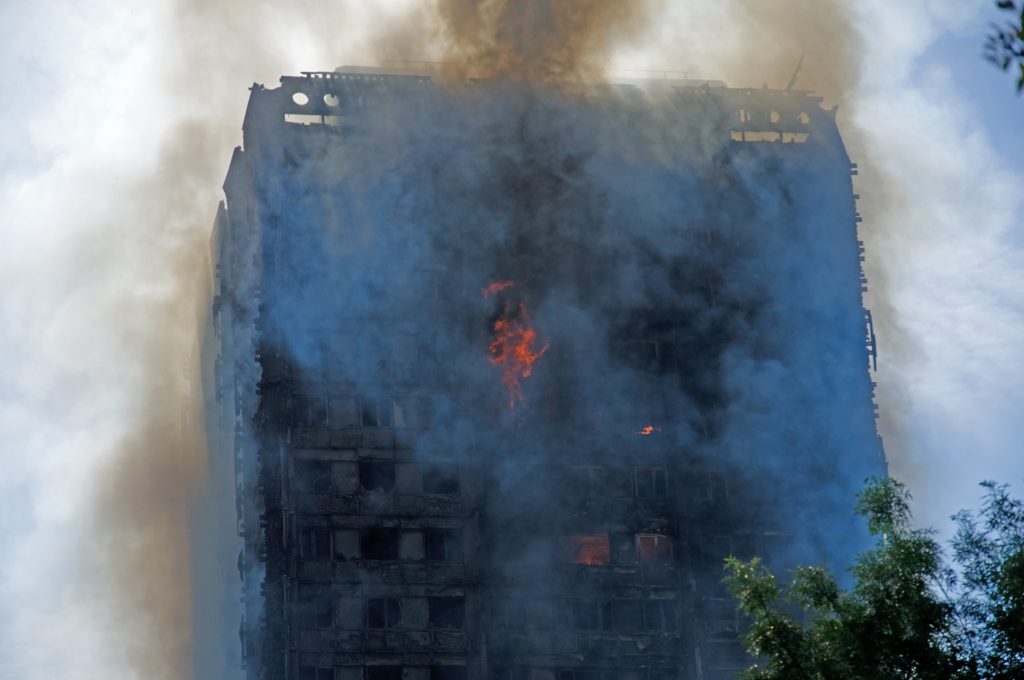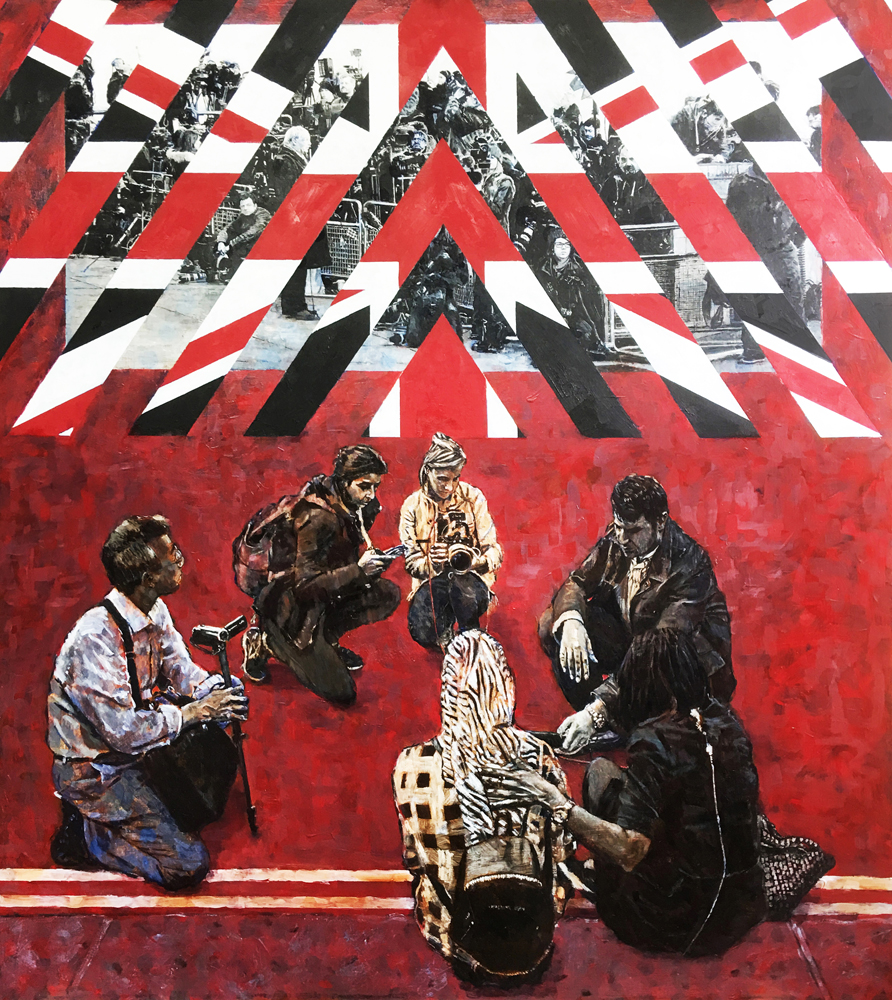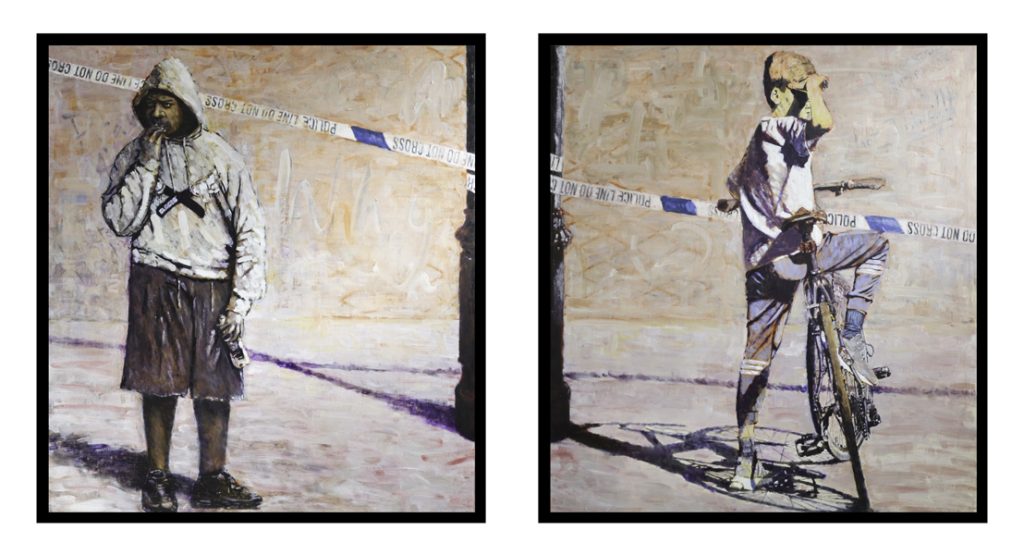A tale of modern Britain
Death and destruction
At approximately 6 a.m. on June 14, 2017, I woke to smell of smoke. I rushed from my bed, and looking from my living room window I saw a fire barely 1 km away. The Grenfell Tower Fire had engulfed the area with smoke and falling debris.

Having dressed, I grabbed my iPhone and made my way south towards the fire. Outside my home I found cinders strewn across the roads and pavements. These would later be identified as the blackened remnants of the now notorious cladding that had been fixed to the exterior of the tower.

By the time I reached Latimer Road tube station, a horrific tragedy had unfolded. Unsurprisingly, journalists were there in droves.

I spoke to people and I took photographs until my phone battery was exhausted. So I returned home and recharged and also prepared my Nikon digital SLR. Then I returned to the area surrounding the fire.
I took more than 800 photographs before returning home shortly before 9 p.m. I was also determined to paint some of the events I had witnessed.
Painting a tragedy
I began a large painting a few days later. It consisted of two square panels.
I had a title for it, Blood Money, and four months later I thought I had finished it.
I put it away and began some new work, including developing more images based on the events of that day. One of these, Black and White and Red All Over, eventually coalesced with events surrounding Brexit.

Then in April 2019, a friend remarked that Blood Money looked in need of revision; I agreed.
I worked on it for no more than a week, painting quickly, until I arrived at a conclusion. The painting also had a new title, and the panels had been parted. The result was Formed in Fire.

The fallout
Like those who lived in Grenfell, I too live in social housing in North Kensington. The fire had, and continues to have, a devastating effect on the local community. I believe it was the result of years of both local and national government neglect. But housing problems in Europe’s richest borough failed to attract much in the way of media attention until the fire took the lives of 72 people.
Inevitably, the media circus moved on. Yet, at the time of writing, March 2024, the inquiry into the fire has led to severe criticism of the Royal Borough of Kensington and Chelsea by those most affected.
The Grenfell Next of Kin group, accuses the Royal Borough of Kensington of “contemptuous disregard” in the decision-making processes that led to the tragedy. It said “Systemic racism goes deep to the heart of the problem that caused the catastrophe. Questions around race and social class is at the heart of this truth-seeking and we would be grateful if you can revisit it and add it as an extra module.”
Townsend, Mark (26 July 2020). “Grenfell families want inquiry to look at role of ‘race and class’ in tragedy”. The Guardian. Retrieved 28 July 2020.
A role for art
I believe that art has a vital role to play in making people ask themselves questions. Like why is that in a supposedly wealthy country some have so much while others live in poverty?
From my own experiences and observations, social deprivation is linked to poor education, ill health, and racial discrimination. The Grenfell Tower Fire was a prime example of needless deaths caused by neglect from those tasked with caring for the less fortunate. In many ways, it is a tale of modern Britain.
